
original.jpeg from: https://www.gbif.org/es/species/5282428
Introduction
In the vast and captivating world of bryophytes, the Meesia uliginosa Hedw. moss stands out as a remarkable species. Belonging to the Meesiaceae family, this unassuming yet fascinating plant has captured the hearts of moss enthusiasts worldwide. Let’s delve into the intriguing realm of this Bryopsida marvel and uncover its secrets.
Background
Before we explore the intricate details of Meesia uliginosa, it’s essential to understand the broader context of bryophytes. These non-vascular plants, which include mosses, liverworts, and hornworts, are often overlooked but play a crucial role in various ecosystems. They are among the oldest land plants on Earth, with a rich evolutionary history dating back millions of years.
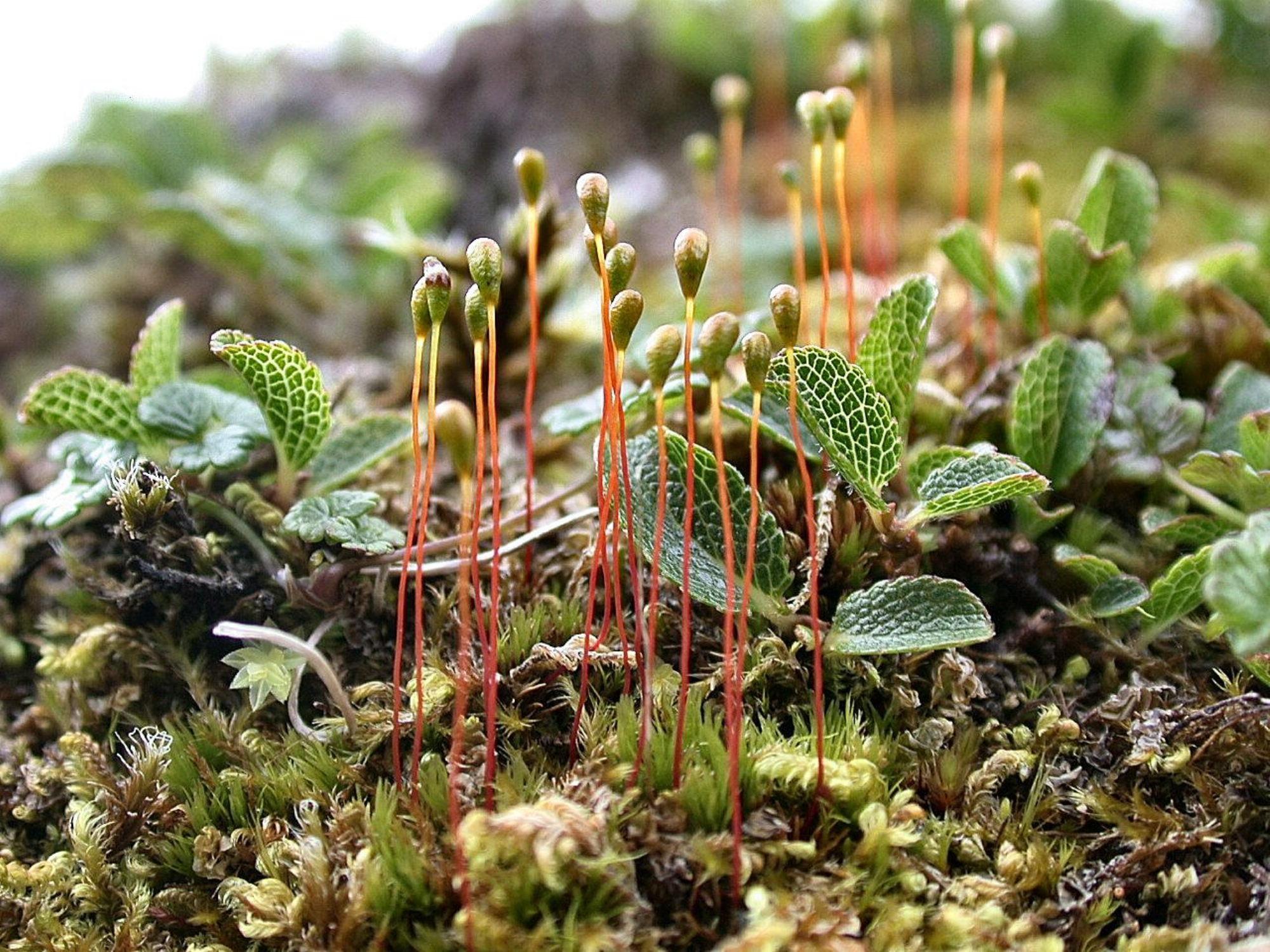
Meesia-uliginosa-Coire-Cheap-1-2004_v1.jpg from: https://www.britishbryologicalsociety.org.uk/learning/species-finder/meesia-uliginosa/
Main Content
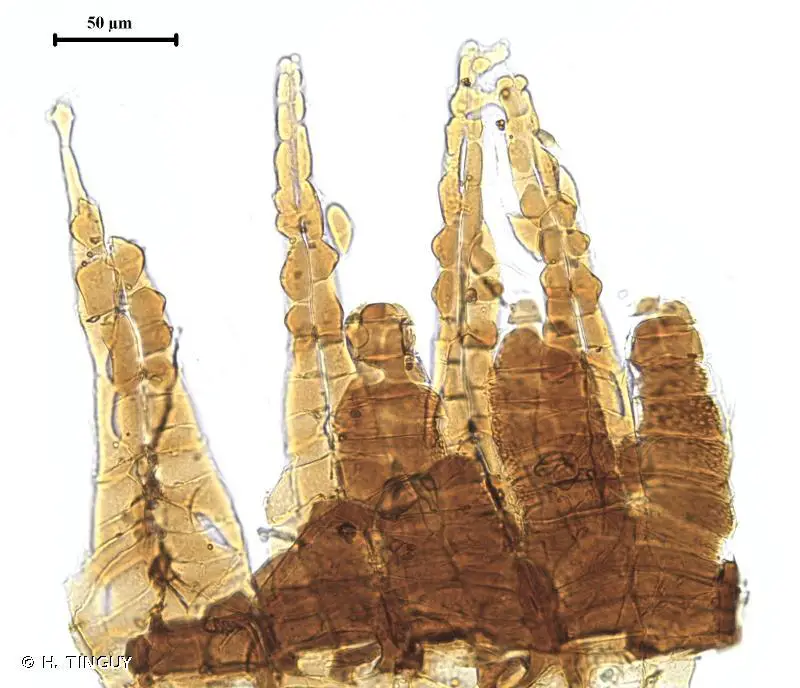
295749.jpg from: https://inpn.mnhn.fr/espece/cd_nom/4966/tab/habitats
Morphology and Identification
Meesia uliginosa is a tufted moss that forms dense, compact cushions or mats. Its stems can reach heights of up to 10 centimeters, and the leaves are narrow, lance-shaped, and often curved or twisted. One of the most distinctive features of this moss is its capsules, which are elongated and curved, resembling tiny bananas. These capsules are supported by long, slender setae (stalks) and are often reddish-brown in color.
Global Distribution and Habitat
Meesia uliginosa is widely distributed across the Northern Hemisphere, including North America, Europe, and Asia. It thrives in wetlands, bogs, fens, and other moist habitats, where it can form extensive carpets or patches. This moss prefers acidic, nutrient-poor environments and is often found in association with other bog-dwelling plants, such as sphagnum mosses and carnivorous plants like sundews and pitcher plants.
Ecological Roles and Adaptations
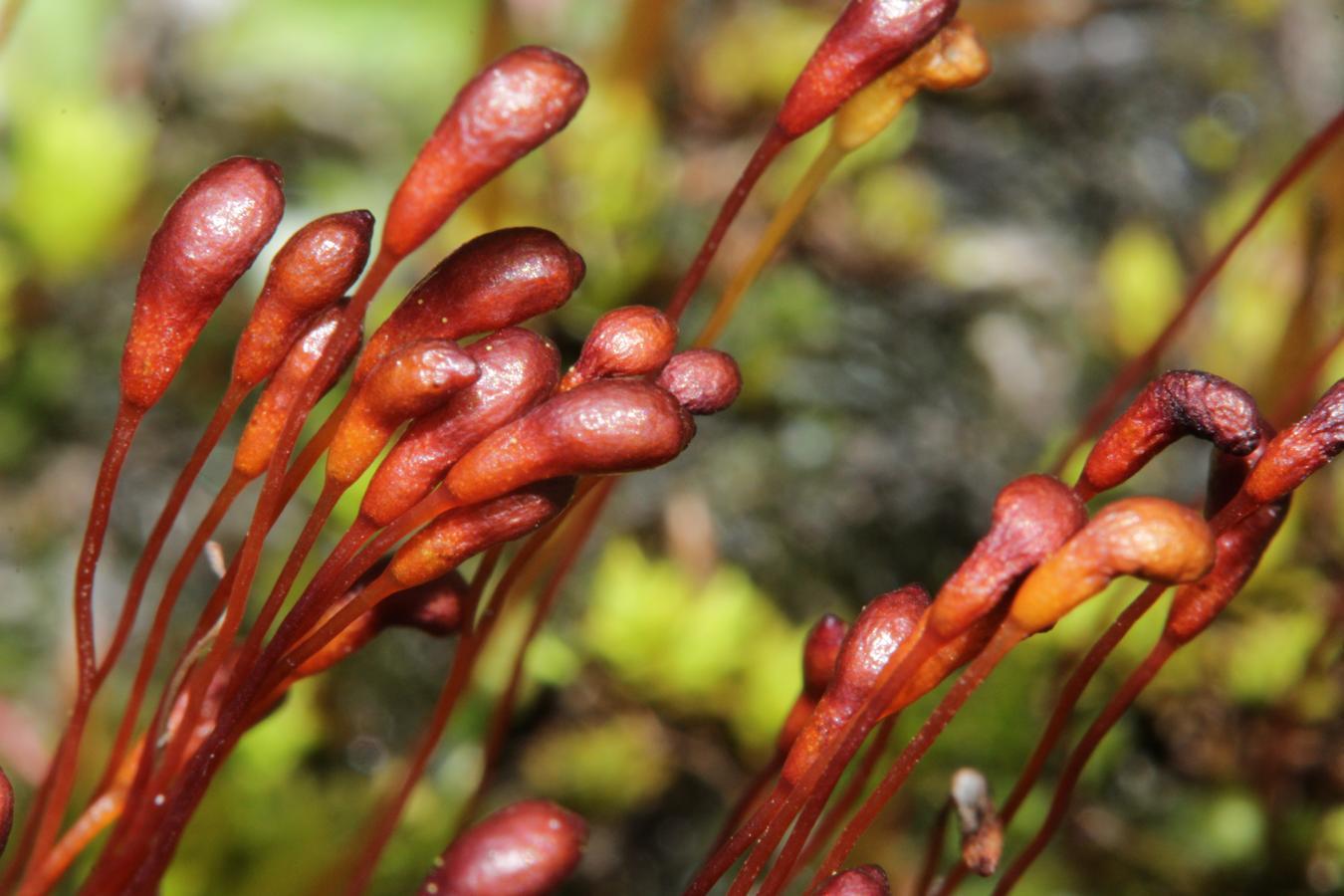
Meesia_uliginosa_(b%2C_124927-470644)_6143.JPG from: https://handwiki.org/wiki/File:Meesia_uliginosa_(b,_124927-470644)_6143.JPG
Despite its small size, Meesia uliginosa plays a vital role in its ecosystem. It contributes to the formation and maintenance of peatlands, acting as a sponge that absorbs and retains water. This moss also provides a habitat for various microorganisms, invertebrates, and even small vertebrates, contributing to the overall biodiversity of these wetland environments.
One of the remarkable adaptations of Meesia uliginosa is its ability to tolerate and thrive in acidic conditions. This trait allows it to outcompete other plants in these harsh environments, where few species can survive. Additionally, its compact growth form and dense cushions help to retain moisture, ensuring its survival in the often-fluctuating water levels of wetlands.
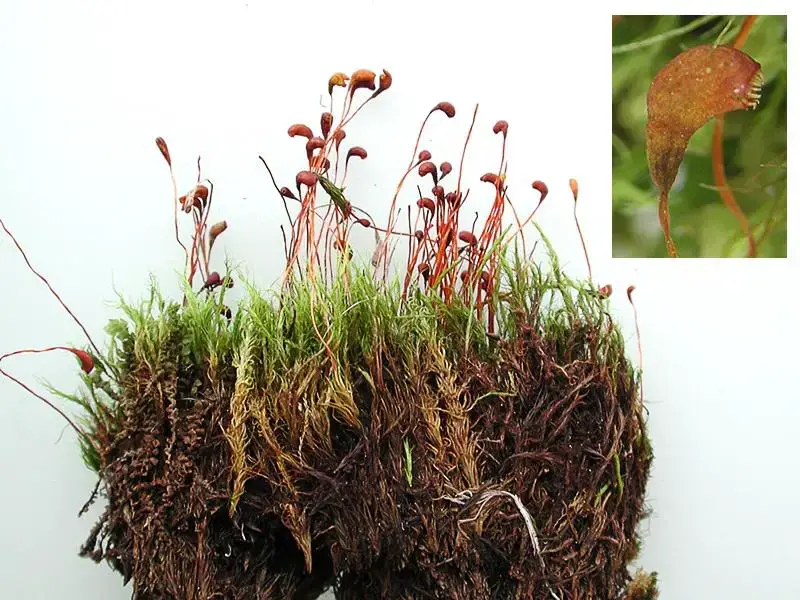
103379_20806720.jpg from: https://www.mikroskopie-forum.de/index.php?topic=13613.0
Case Studies/Examples
In the Siberian Arctic, Meesia uliginosa has been found to be a valuable indicator species for monitoring climate change. Its presence and abundance in certain areas can provide insights into the changing environmental conditions, such as temperature and moisture levels, which are crucial for understanding the impacts of global warming on these fragile ecosystems.
Technical Table

Meesia_uliginosa_stalks_Sagehen_Creek_TahoeNF_COdergard_lg.jpg from: https://www.fs.usda.gov/wildflowers/beauty/California_Fens/diversity/mosses.shtml
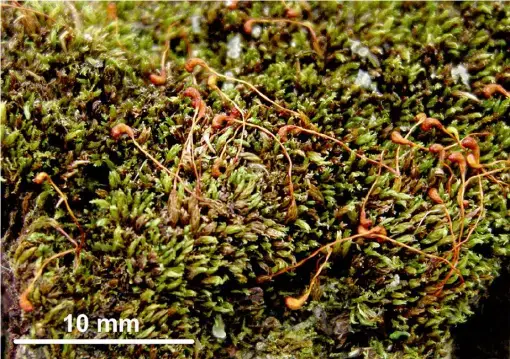
img-z10-16_01.jpg from: https://bioone.org/journals/Lindbergia/volume-2020/issue-1/linbg.01125/Disentangling-Scandinavian-species-hidden-within-Meesia-uliginosa-Hedw-sl-Bryophyta/10.25227/linbg.01125.full
| Characteristic | Description |
|---|---|
| Family | Meesiaceae |
| Genus | Meesia |
| Species | uliginosa |
| Common Name | Meesia Moss |
| Growth Form | Tufted, compact cushions or mats |
| Leaf Shape | Narrow, lance-shaped, often curved or twisted |
| Capsule Shape | Elongated, curved, resembling tiny bananas |
| Habitat | Wetlands, bogs, fens, moist environments |
| Distribution | Northern Hemisphere (North America, Europe, Asia) |
Conclusion
The Meesia uliginosa Hedw. moss may be small in stature, but its impact on the natural world is profound. From its unique morphology and adaptations to its ecological significance, this unassuming plant deserves our admiration and respect. As we continue to explore and appreciate the wonders of the bryophyte world, let us ponder this thought-provoking question: How can we better protect and conserve these often-overlooked yet vital components of our ecosystems?